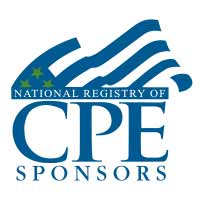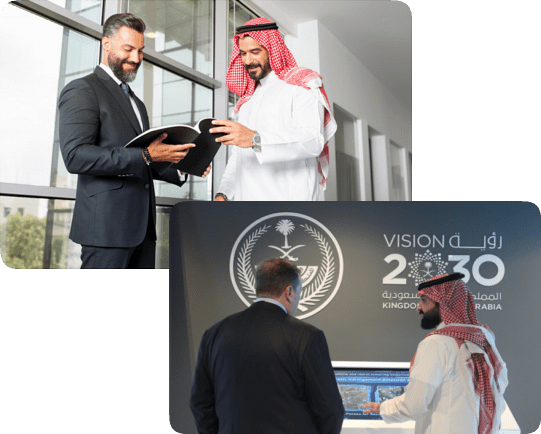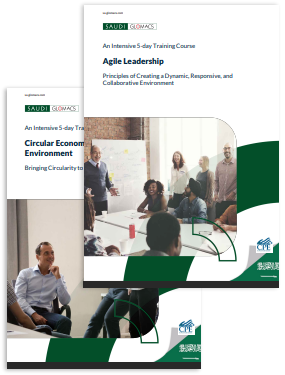An Interactive 5-Day Training Course
Inspection, Repair and Rehabilitation of Marine Structures
Course Overview
This Inspection, Repair and Rehabilitation of Marine Structures training course examines methods of inspection, rehabilitation, and repair of a wide range of marine structures and waterfront facilities. It also discusses the inspection, risk- based inspection of offshore structures and subsea equipment. The contents of marine structures in this training course include timber structures, concrete structures, steel structures and structures comprising synthetic material.
This training course also covers case studies and new methods of inspection of many structures in the marine environment.
This GLOMACS training course will highlight:
- Types of port facilities, offshore and marine structures, and subsea equipment
- Inspection and maintenance of marine structures
- Maintenance and rehabilitation of waterfront structure
- Inspection and integrity of offshore structures
- Inspection and maintenance of subsea equipment
Training Outline
DAY 1: Introduction to Berthing Facilities, Offshore Structures and Subsea Engineering
- Typical beach profile (Onshore, near shore, offshore, etc.)
- Ports berthing facilities (Quay walls, jetties)
- Types of offshore structures (Fixed platforms, floating structures, subsea system)
- Overview of subsea engineering
DAY 2: Inspection of Marine Structures
- Factors affecting inspection performance
- Issues in quantifying performance
- Materials for ocean structures
- Maintenance planning and types of facilities
- Materials and preventive maintenance
- Safety and environmental compliance
- Levels of inspection
DAY 3: Maintenance and Rehabilitation of Waterfront Facilities
- Repair of wood and timber structures
- Repair of concrete structures
- Repair of steel structures
- Repair of synthetic material
- Repair of bulkheads and quay walls
DAY 4: Inspection & Maintenance of Offshore Structures
- Risk and reliability evaluation
- Risk based maintenance and inspection (RBI)
- Offshore structure integrity
- Introduction of cathodic protection
DAY 5: Subsea Equipment, Inspection and Maintenance
- Subsea equipment (PLEM, connections and jumbers)
- Next generation subsea inspection, maintenance, and repair
- Challenges of subsea inspection
- Safety in operation and maintenance
- Emergency shutdown
Certificates
- On successful completion of this training course, GLOMACS Certificate will be awarded to the delegates
- Continuing Professional Education credits (CPE) : In accordance with the standards of the National Registry of CPE Sponsor, one CPE credit is granted per 50 minutes of attendance
Accreditation


GLOMACS is registered with NASBA as a sponsor of Continuing Professional Education (CPE) on the National Registry of CPE Sponsors. NASBA have final authority on the acceptance of individual courses for CPE credit. Complaints regarding registered sponsors may be submitted to the National Registry of CPE Sponsors through its website: www.learningmarket.org.
All Training Seminars delivered by GLOMACS by default are eligible for CPE Credit.


About Saudi Glomacs
At Saudi GLOMACS, we specialize in delivering world-class training courses in Saudi Arabia and across various international locations. Our training courses are tailored to meet the unique demands of Saudi Vision 2030 and the Human Capability Development Program, focusing on empowering Saudi citizens and enhancing workforce skills. We offer diverse courses spanning leadership, management, engineering, and technical disciplines to cultivate expertise and drive professional growth. Our flexible learning options—whether in-person, online, or in-house—ensure accessibility and convenience for individuals and organizations alike.
With over 30+ years of experience through the GLOMACS global network, we are committed to delivering innovative, results-driven training solutions. Our expert instructors combine industry knowledge with dynamic teaching methods, fostering practical skill development and long-term career success. By choosing Saudi GLOMACS, you're investing in personal excellence and contributing to the Kingdom’s sustainable economic growth and vision-driven transformation.
What do you need to learn next?
Check our list of courses or let us customize a course for you.
View courses



